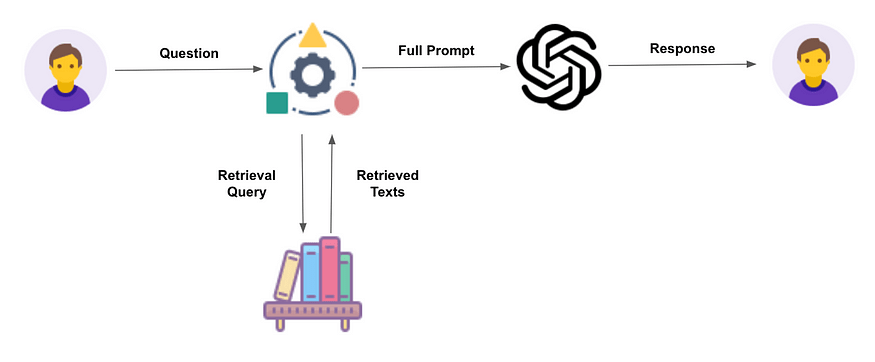Volatile markets are highly risky that indicate wide price instability over a short period and an imbalance of trade orders. It may be all buys without any sale or vice versa.
In a volatile market, Sensex may have fallen over 500 points in a single day and recovered on the very next. Some investors have seen their wealth vanish in a few days while some investors made millions. Yes, this is the reality of a volatile stock market. Economic releases, popular IPOs, unexpected earnings, and short selling are some of the reasons that make stock markets volatile.
Investors should follow these rules while dealing in a volatile stock market:
1. Clutch Investments – resist the urge to sell
Fearful investors may choose panic selling due to the extraordinary swings in the market. They do not consider the duration of such swings which will remain for short-duration only and proceed with the selling of their investments. They should focus on their long-term goals rather than being guided by the noise of such short-term volatility in the stock market and thus hold onto their investments.
2. Take Defensive Steps
The market volatility is inevitable. You need to adapt to the volatile market with defensive steps to protect gains and limit losses such as stop order, stop-limit orders, etc. during online share trading.
3. Prefer Dividend Stocks
Dividend stocks can attract tnvestors naturally because they provide consistent returns even in the volatile market. Dividends will help to create an income-generating portfolio and reduce portfolio losses in the long run. The years of consecutive increment in dividend payouts and their reinvestment work as a cushion in the volatile market that brings long-term benefits.
4. Take Care Of Quote Discrepancies
In the volatile market, there may be a difference between the quote you get and the price at which your trade is executed. You will see the value discrepancies even in real-time quotes for the number of shares available at a specific cost.
5. Limit Leverage Position
Volatility is a wake-up call for the investors using the leverage i.e. margin facility. No doubt, the margin brings huge gains but be careful as it can also be a path to excessive losses.
6. Streamline your Portfolio
It is wise to rebalance the portfolio during a volatile stock market. It is the best time to organize your investment portfolio. Maybe your initial asset allocation has been disturbed due to volatility. In such a scenario you need to restore the portfolio to its initial asset allocation.
You can minimize your investments in non-performing sectors and increase your exposure to sectors that are likely to perform in the future. Consider long term stocks. Long term investors can take advantage of volatility in the stock market to make money in the long run. They should make long-term investments in value stocks that are available at a much-discounted price. Look into factors such as revenue growth, profit, ratios – price to earnings, debt to equity, etc to be clear about its potential in the future.
The volatile market adds a trading boom for online brokers. Some of them witness record trading activity and new accounts as most experienced investors know how to take advantage of volatile stock markets.
Demat account charges vary from broker to broker. You can open a Demat Account with a secure and trusted broker that offers the following facilities.
- Free Demat account
- Facility to invest in multiple products
- Lower brokerage comparatively
- Affordable subscription packs
- Legacy of providing transparency and trust
To open a Demat Account you have to fill an account opening form that you can complete online and get started with trading online. You have to go through the below steps to open an account:
- Visit the account opening form on the broker?s website.
- Enter your basic details like name, phone number, PAN number, etc.
- Upload the necessary documents for KYC. These documents are- proof of identity, proof of address, photograph, PAN card, and bank proof. You can submit a canceled cheque or bank passbook as bank proof. Bank Account is linked to your trading account to allow the transfer of funds between them.
- You have to complete IPV (In-Person Verification) to verify your identity. IPV is a digital way to get your identity verified. While earlier an agent had to physically pay you a visit to verify your identity, now you can do it online by recording a short video of yourself reading the provided script.
- Next, complete the e-sign and submit your form. Most stockbrokers provide the option to e-sign using Aadhar linked mobile number. You just have to enter your Aadhar number and enter the OTP received on Aadhar registered mobile number. It is a fast and convenient way to get the verification done.
Once your application is verified, you will get login credentials after which you can start trading online.










